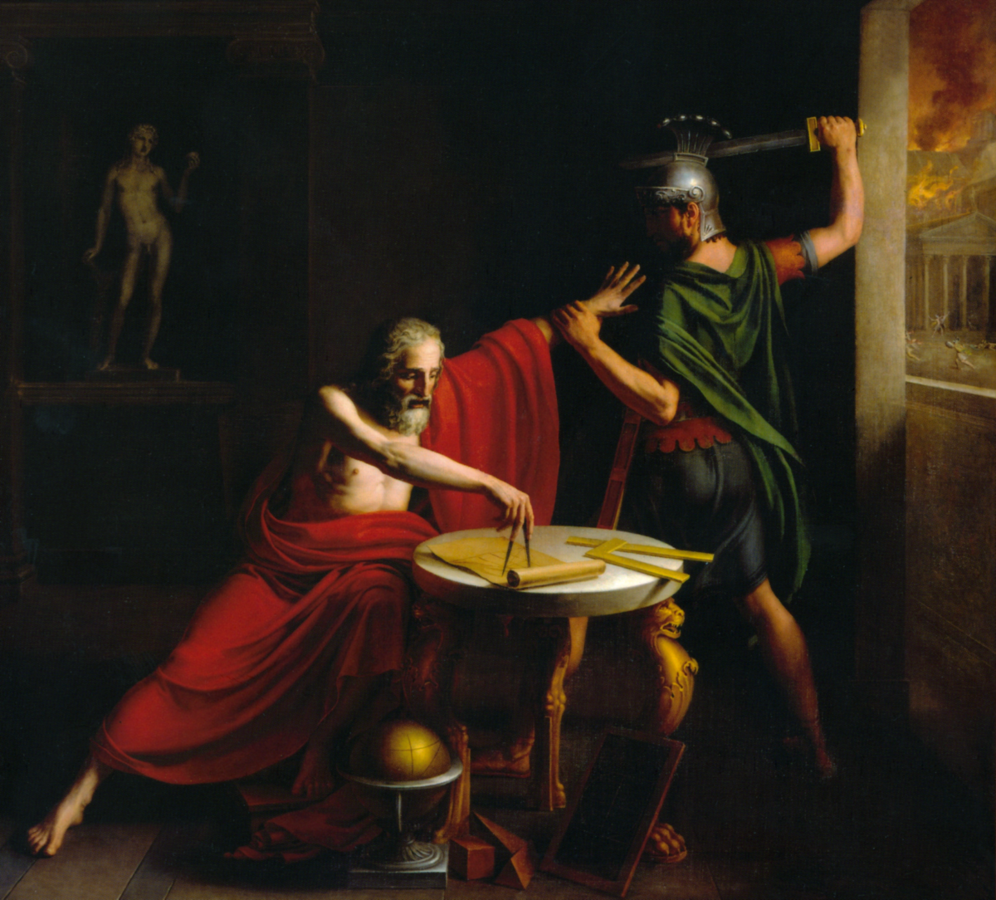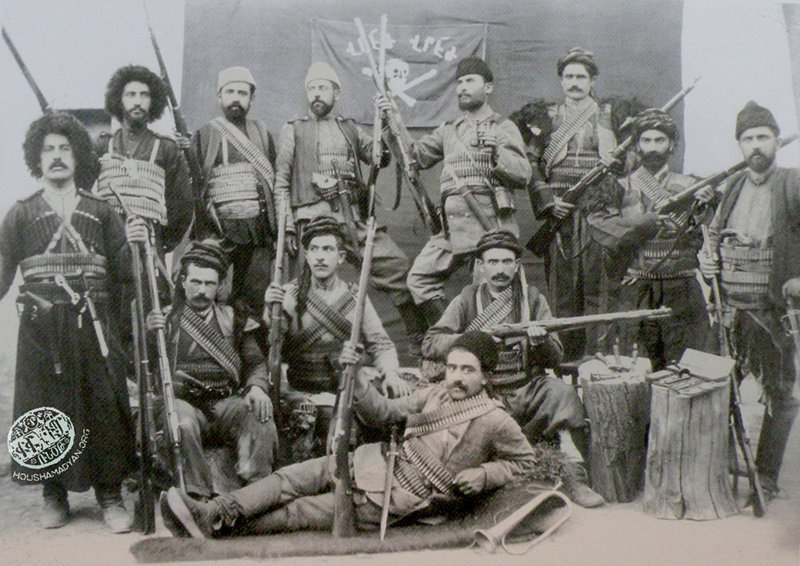The notion of resistance can be observed and understood through many lenses. Resistance in physics occurs when an initial force is met with a force which works in the opposite direction but is generated by the same initial force (friction, air resistance which in fact is also a form of friction). The notion of resistance in society is not far from its notion in physics. Resistance in society could occur when a group of individuals are forced to resist an authoritarian figure in an occupied country. The existence of resistance in society, as a whole, is due to an initial factor (tyranny, slavery, threat of genocide, etc.) which prompts individuals to revolt. Before moving on, I would like to define the words that I’ll be using so that the reader and myself are on the same page. Rebellion, in the Canadian Oxford dictionary is defined as “the organized and armed resistance to an established government” and resistance is defined as a more local version of rebellion (local in the sense of the actors of the resistance and not the cause). These two words will be used interchangeably throughout the text.
“Qu’est-ce qu’un homme révolté ? Un homme qui dit non. Mais s’il refuse, il ne renonce pas : c’est aussi un homme qui dit oui, dès son premier mouvement. Un esclave, qui a reçu des ordres toute sa vie, juge soudain inacceptable un nouveau commandement. Quel est le contenu de ce « non » ?”
-Albert Camus, L’homme Revolte.
What is a rebel? A man who says no, but whose refusal does not imply a renunciation. He is also a man who says yes, from the moment he makes his first gesture of rebellion. A slave, who has been taking orders all his life, suddenly finds a new commandment unacceptable. What is the content of this “no”?
Organizations and Resistance
In his book The Organization of the Armenian Revolutionary Federation, Roupen Der Minasian wrote that resistance is not an act which befalls individuals only. It is also the duty of the collective to implement the protocols of resistance. In the same way that an individual resists the dark realities of life to maintain their own existence, the collective, in order to force their identity onto other societies, must also practice the sacred art of resistance. A race that is not in agreement to conduct a collective armed struggle to preserve its identity is condemned to failure and even eradication, even if it is scientifically superior and culturally more inclusive than the collective that threatens its very existence. Art, sciences, engineering and culture are valuable aspects to sustain human life, but these are rendered worthless, just as Archimedes’ head was under the sword of the Roman soldier!

Resistance movements are built on the gathering of individual strengths. In the same way that a mountain rises from individual grains of sand, an unbeatable movement rises from the gathering of individuals who share the same goal and agree on the means to achieve it, whether through armed struggle or other means. There is a crucial factor that we must take into account. If an act of rebellion becomes unorganized, it is doomed to failure. A parallel can be drawn in physics: two protons that exist independently of one another have a smaller combined mass than the mass of two protons that are bound together (as in the nucleus of helium), due to a term called “binding energy.”
Resistance Throughout Our History
Over the course of time, resistance movements have had a huge impact in shaping society. The Armenian resistance under Ottoman rule is a notable example. Armenians were being attacked not only by the Ottoman parties that were in charge at the time, but also by local minorities, specifically the Kurds. Armed assaults on Ottoman and Kurdish forces were carried out by the group’s military wing, the fedayik. To weaken their adversary, the fedayik operated in small units and relied on surprise attacks, hit-and-run strategies and the element of surprise. Additionally, they disrupted Ottoman control and communication by sabotaging Ottoman infrastructure, such as railroads and telegraph lines. Guerrilla warfare was used by the Armenian Revolutionary Federation (ARF) to spread word about the Armenian cause and weaken the Ottoman Empire’s hold on Armenia. The fedayik‘s achievements enlivened different Armenians to join the rebellion and battle for their rights. Aware of the ARF’s tactics, the international community pressured the Ottoman Empire to treat Armenians better. Guerrilla warfare, on the other hand, came with a price. The fedayik had to deal with inadequate resources, lack of training and little support from the Armenian population. Numerous innocent people were killed as a result of the Ottoman Empire’s brutal retaliation against Armenian civilians in response to the fedayik‘s attacks.

In response, the Armenian people formed resistance movements to protect themselves and their communities. The ARF aimed to preserve Armenian culture, language and identity through armed struggle. Despite facing significant challenges and setbacks, the Armenian resistance ultimately succeeded in its goals, and their efforts paved the way for the establishment of the Republic of Armenia in 1918.
The Lebanese resistance against Israel in 2000 was a coalition of various political and military groups united in their goal to resist Israeli occupation of Lebanon. In May of that year, the Israeli army withdrew from southern Lebanon after facing intense insurgency from the Lebanese coalition forces. The resistance achieved this withdrawal through a combination of armed struggle, political pressure and diplomatic efforts.
May 25, 2000 is imprinted in Lebanon’s collective memory as a day that sparked emotions, ignited hope and forever altered the country’s trajectory. Lebanon said goodbye to an 18-year-long occupation, bringing an end to an era that had caused enormous misery and ended countless lives. As the Israeli Defense Forces (IDF) withdrew from Lebanon’s southern regions, a mix of emotions flooded the Lebanese people’s hearts, representing both the success of liberation and the lingering ghosts of a divided past.
For over two decades, Lebanon’s southern territories had been engulfed by a suffocating presence. On May 25, 2000, however, the echoes of artillery fire were replaced by a bittersweet symphony of relief and dread. The Israeli withdrawal was a sad victory celebration for a persecuted nation reclaiming its territorial sovereignty.
While the events of May 25, 2000 brought immense relief and pleasure, they also put in motion a series of unexpected repercussions that continue to influence Lebanon’s tumultuous environment. The void left by Israel’s withdrawal allowed Hezbollah, a powerful political and military organization, to gain influence and notoriety. For some, Hezbollah was a representation of the Lebanese people’s perseverance in the face of occupation. Others, though, were concerned that the group’s growing strength might overshadow the nation’s fragile unity.
On May 25, 2000, the tapestry of emotions in Lebanon included joy, relief and anxiety. Tears of joy flowed down the faces of those who had borne the sting of the occupation, but they were accompanied by tears of grief for the lives lost and the scars that remained.
More than two decades have passed since that historic day, and Lebanon is still navigating its difficult path toward stability and unification. The memory of May 25, 2000 serves as a poignant reminder of a nation’s tenacious spirit in the face of years of upheaval. As Lebanon faces new challenges and the lingering effects of that historic event, it is critical to remember the emotional depth of that day, a reminder that the pursuit of peace is never without passion, sacrifice and the unwavering resilience of a people determined to shape their own destiny.
The concept of resistance remains constant in both physics and society; an opposing force emerges to fight an initial force, frequently ignited by injustice or tyranny. Throughout history, the struggles of oppressed nations and marginalized populations have frequently given rise to organized resistance movements. Whether it is the fight of the Armenian fedayik against Ottoman control or the coalition forces battling Israeli occupation in Lebanon, these examples show the unbreakable spirit of individuals and collectives committed to maintaining their identity and restoring their rights. Resistance is more than just a show of defiance; it embodies hope, resilience and an unflinching commitment to challenge the current quo. The strength of resistance rests in the togetherness of like-minded people united by a single objective and the determination to achieve it. Individual strengths, like grains of sand building a mountain, combine to produce an unstoppable force capable of changing the course of history.
However, resistance does not come without cost or difficulty. It requires work under tough conditions with limited resources and assistance. The road of armed struggle, such as guerilla warfare, is not without a price, as innocent lives are lost in the crossfire. The reactions of repressive forces can be severe. Despite the challenges, the tenacity and perseverance of those who oppose continue to inspire and instigate change.
“The tyrant dies, and his rule is over, the martyr dies and his rule begins.” – Søren Kierkegaard



Be the first to comment